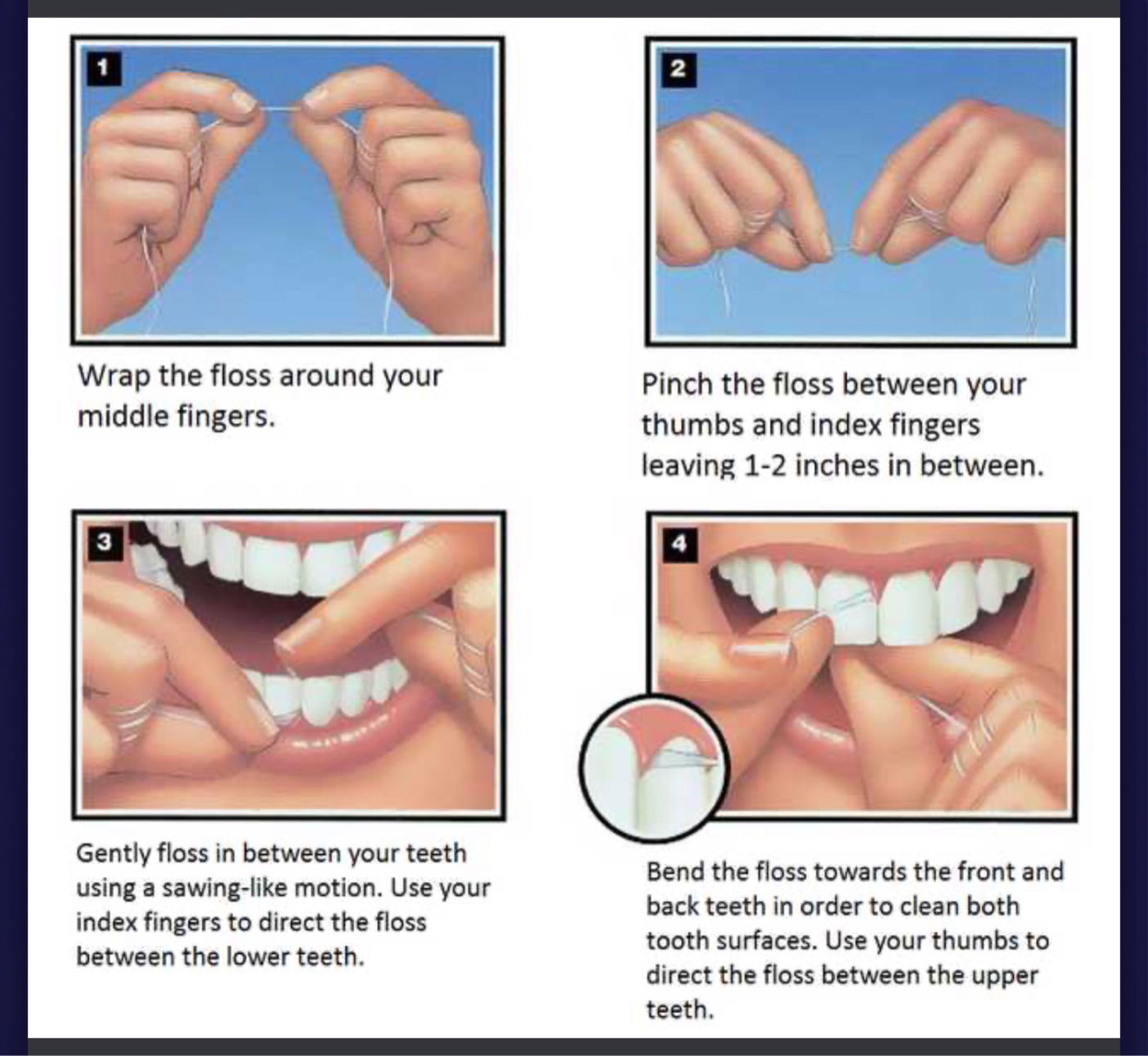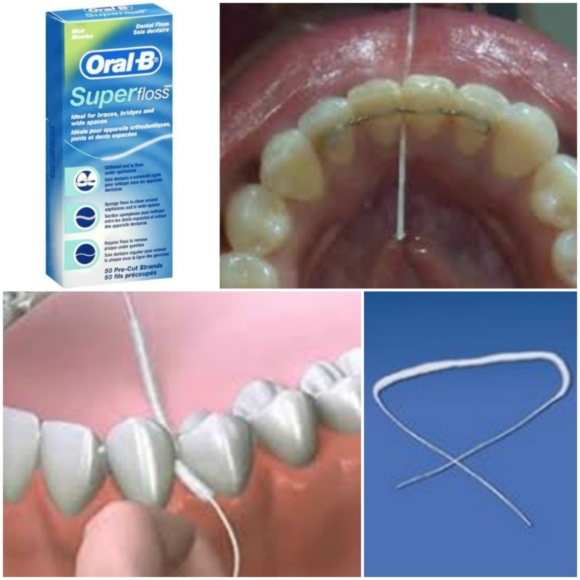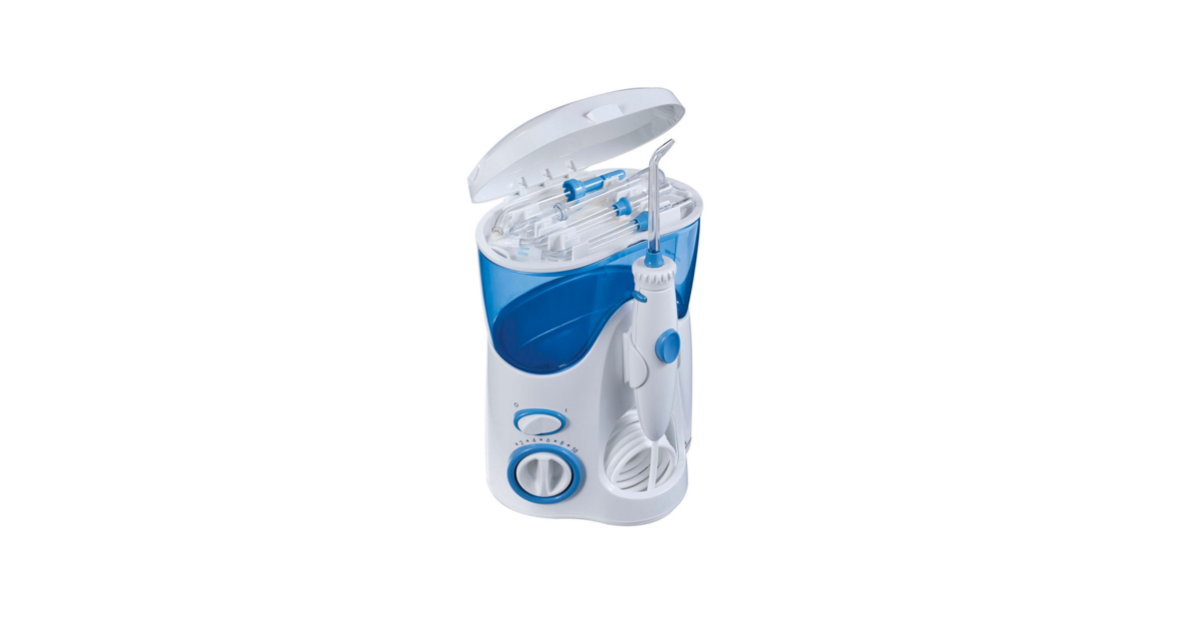Having tomato peels and spinach stuck in your teeth and not knowing can be your worst nightmare! Everyone wants a clean and healthy smile. That’s where using a dental floss comes into the picture for your oral care. Flossing helps remove the bacterial plaque and food debris near the gum line in areas inaccessible to the toothbrush. This in turn helps you have better oral hygiene and lesser chances of tooth decay over time.
Flossing is an art that requires mastering. If you’re expecting to hold the floss for the first time today and expecting it to be really efficient and comfortable. Well… its NOT HAPPENING!
Broadly speaking; 4 types of dental floss are available in the market to choose from for your oral care. To floss effectively and clear all the plaque off your teeth, you need to make sure you use the right technique.
Your dentist is the best decision-maker for what dental floss is best for your dental care.
1) Regular Woven Floss
This type of floss slides between the teeth easily. It is the commonly recommended type of dental floss. The technique is the tricky part which I’m now sharing with you:
First of all, Floss. (18 inches long).


2) Super Floss
These are made from yarn-like material that has stiffer sections on the ends that can be passed below braces and dental bridges with ease. The fluffy yarn in between does the cleaning.
It is the most recommended oral care device for people having bridges supported by teeth or implants

3) Floss pick
A dental floss pick is a small plastic tool which holds a piece of dental floss. This is a convenient oral care substitute to the regular PTFE woven floss. The learning curve with a Floss Pick is easier and shorter.

4) Water Flosser
It’s a home dental care device which uses a stream of high-pressure pulsating water to clean all the plaque and debris between the teeth and below the gum margins. This is a great tool to use to keep your teeth clean. This oral care device does wonders for people with gum disease, receding gums and patients who’ve lost a lot of teeth and have large dental reconstructions.

Myth – 1 – ”Flossing will create space between the teeth”
Answer: No. It won’t. Only wrong use of toothpicks will.
Myth – 2 – “It causes gum bleeding- flossing doesn’t cause bleeding its the plaque that’s causing it”
Answer: Flossing helps control gum bleeding over a period of time.
Myth – 3 – “Flossing is difficult”
Answer: They are easy to maneuver, and can help the plaque get away from your teeth.
Myth – 4 – “Flossing can cause fillings to fall out” –
Answer: Yes! Flossing can cause a filling to fall out. Consider this as a blessing in disguise! As, a loose filling can cause tooth decay.
Myth – 5 – “You shouldn’t floss if you have crowns-”
Answer: Flossing will help in maintaining dental hygiene around the crown and flushing out all the debris from and around the surfaces of the crown.
At The Dental Bond, get treated by the best dentists in Mumbai! For a flawless dental experience, we customise Maintenance Protocol for you and your family.